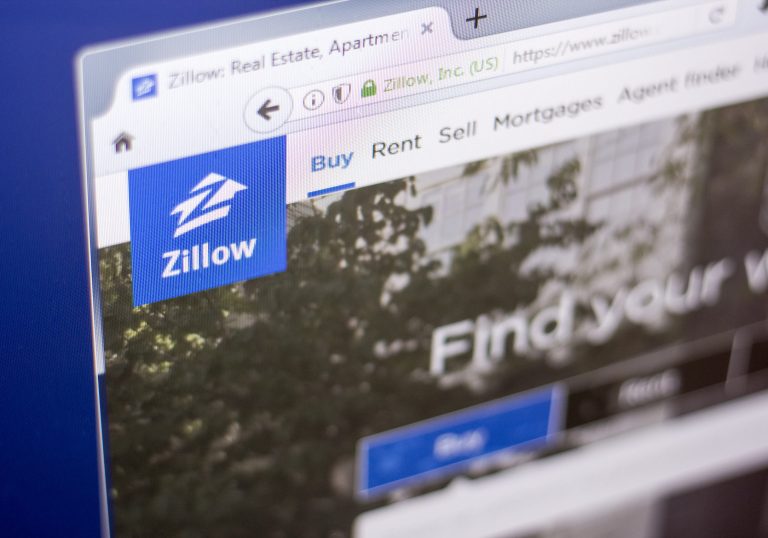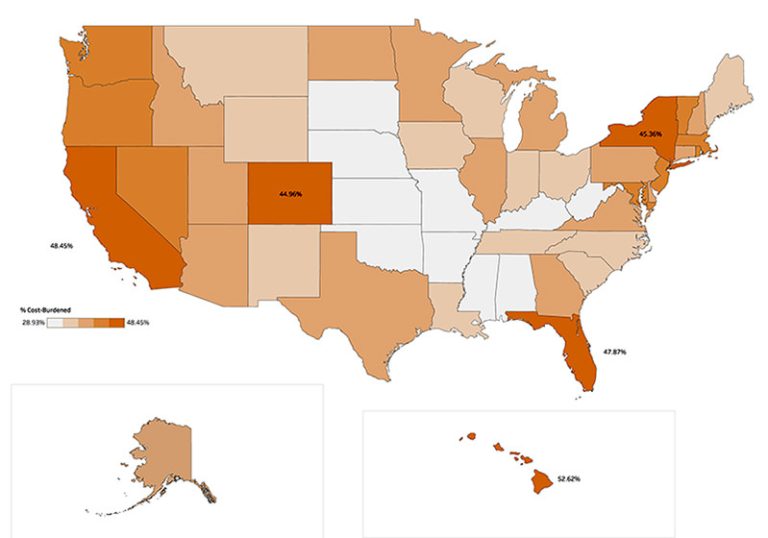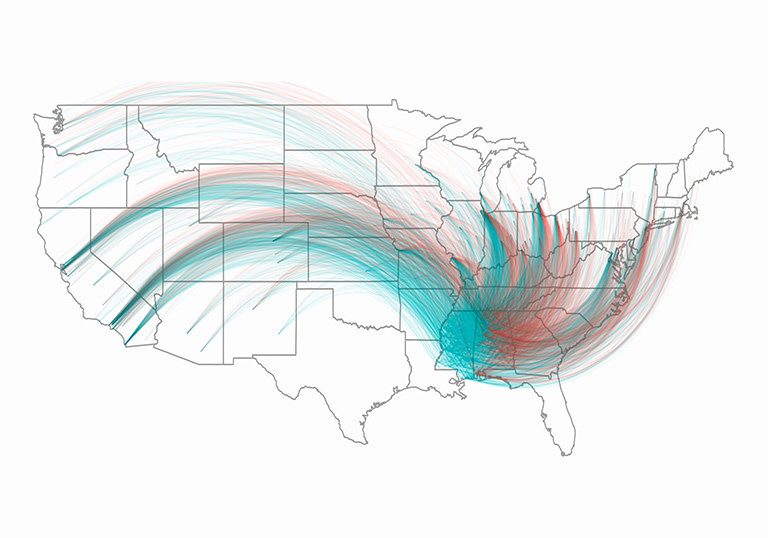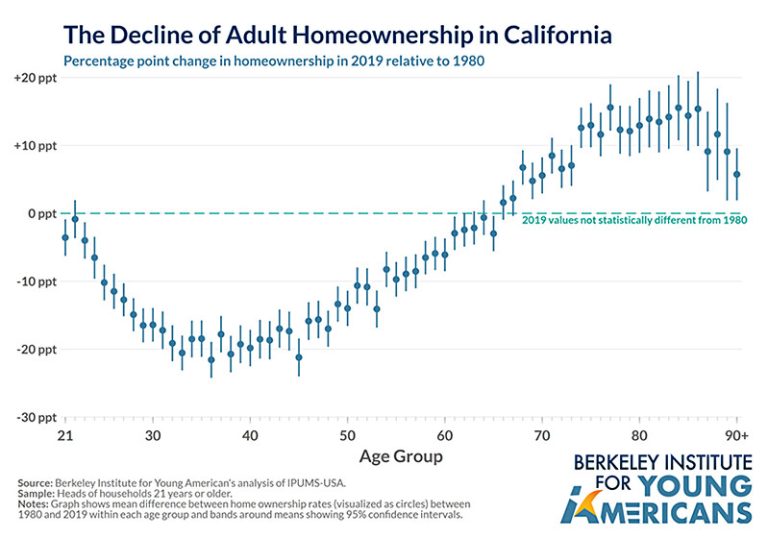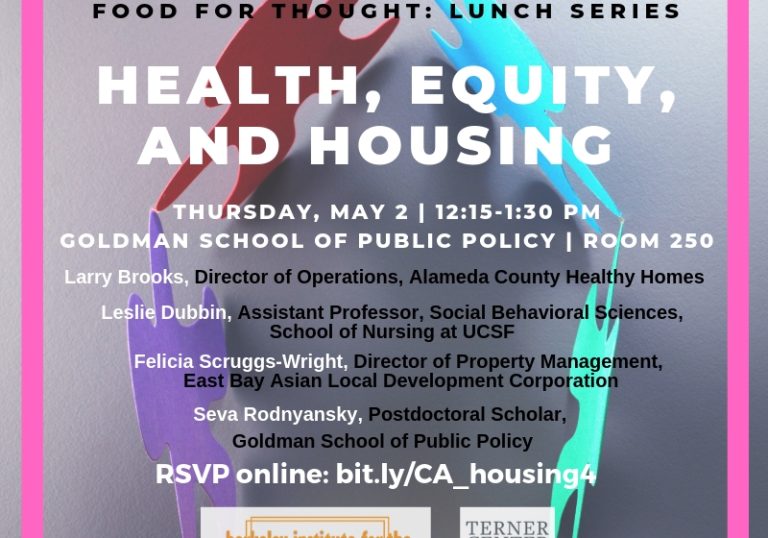On the blog this month we’re looking at trends in generational homeownership rates, by the age of each generation, with generation defined based on the Pew Research Center’s definition. The figure below specifically measures homeownership at the person level, which breaks from the conventional household measures of homeownership by including all members of the household, including the growing number of young adults that live at home. To ease the illustration of cross-generational comparisons, we set the baseline of the graph as the average homeownership among the Baby Boomer generation at each age. Therefore, all values are given as percentage point differences in the rate of homeownership for each generation relative to Baby Boomers.
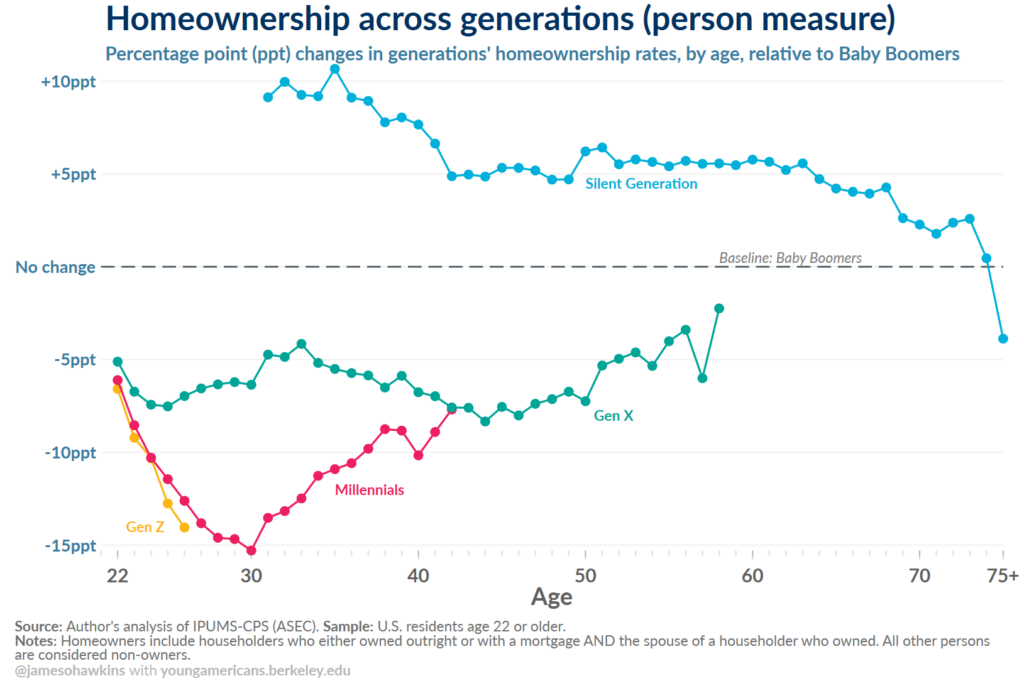
An important point on interpreting this graph: it may be tempting to look at, for example, the leading edge of the Gen Z trend – the dot at 26 years old – and conclude that that is how all Gen Z is doing today, but that would be incorrect. This shows an average across time for all members of a generational cohort at a given age. So the 30-year-old point for Millennials shows the average 30-year-old homeownership rate (relative to Baby Boomers) among every Millennial that has turned 30 as of 2023. By now, this includes many Millennials, who’s median age in March/April 2023, when this survey was conducted, was 34. But it does not yet show all Millennials, since all Millennials have yet to pass their 30th birthday.
A notable takeaway from this analysis is the serious dip in Millennial homeownership around that generation’s late 20’s and early 30’s. At the nadir of this trend at 30 years old, the difference in homeownership between 30-year-old Millennials and 30-year-old Baby Boomers is a full 15 percentage points. Older members of the Millennial cohort have better homeownership rates that are more in line with Gen X. But even for these members the decline in homeownership relative to Baby Boomers is stark, with a difference of 5-10 percentage points among Millennials that have turned 37-42 years old.
A challenge with any generational analysis is whether the outcomes are truly a reflection of a cohort effect, meaning there is something different happening to Millennials as a virtue of their birth year; an age effect, the typical life course of a person as they grow older; or a time effect, like the cross-generational influence of a bad/good economy. Setting Baby Boomers as a baseline gives us some confidence that what is occurring is not just a time effect, since we would expect a time effect that was negatively influencing homeownership rates among Millennials to negatively impact Baby Boomers as well. At first glance, the apparent recovery of homeownership among older Millennials would indicate that the homeownership dip among Millennials is simply an age effect. In other words, Millennials had lower homeownership rates at younger ages but they are now recovering to Gen X levels or greater as the cohort ages. Unfortunately, from this graph alone we cannot completely untangle whether the median, or younger, members of the Millennial cohort will follow the same trajectory as older Millennials. Generations, as they are defined by Pew Research Center, are wide swaths of the population; therefore, it is possible, and likely, that cohort effects are different for different members of a generation. Of course, at some point, by some age, we would expect Millennial homeownership to move higher. The age effect of homeownership, with people starting families and buying a home, will continue to exert a strong force on this graph. This is also apparent among Gen X, which has seen a rising trend for its older cohorts, and has more years of data available to distinguish a trend than Millennials.
It is also important to note the pronounced trend among Gen Z. Again, it is too early to draw broad conclusions, since only five years of the Gen Z cohort have passed through the earliest age of our graph, 22 years old. But the initial estimates are alarming, with homeownership rates even lower among Gen Z than Millennials at the same ages.
To some degree, the interpretation here is limited by the fact that time is omitted as an explicit dimension on the figure above. As a bonus, it’s a bit easier to track time trends with the following GIF:




